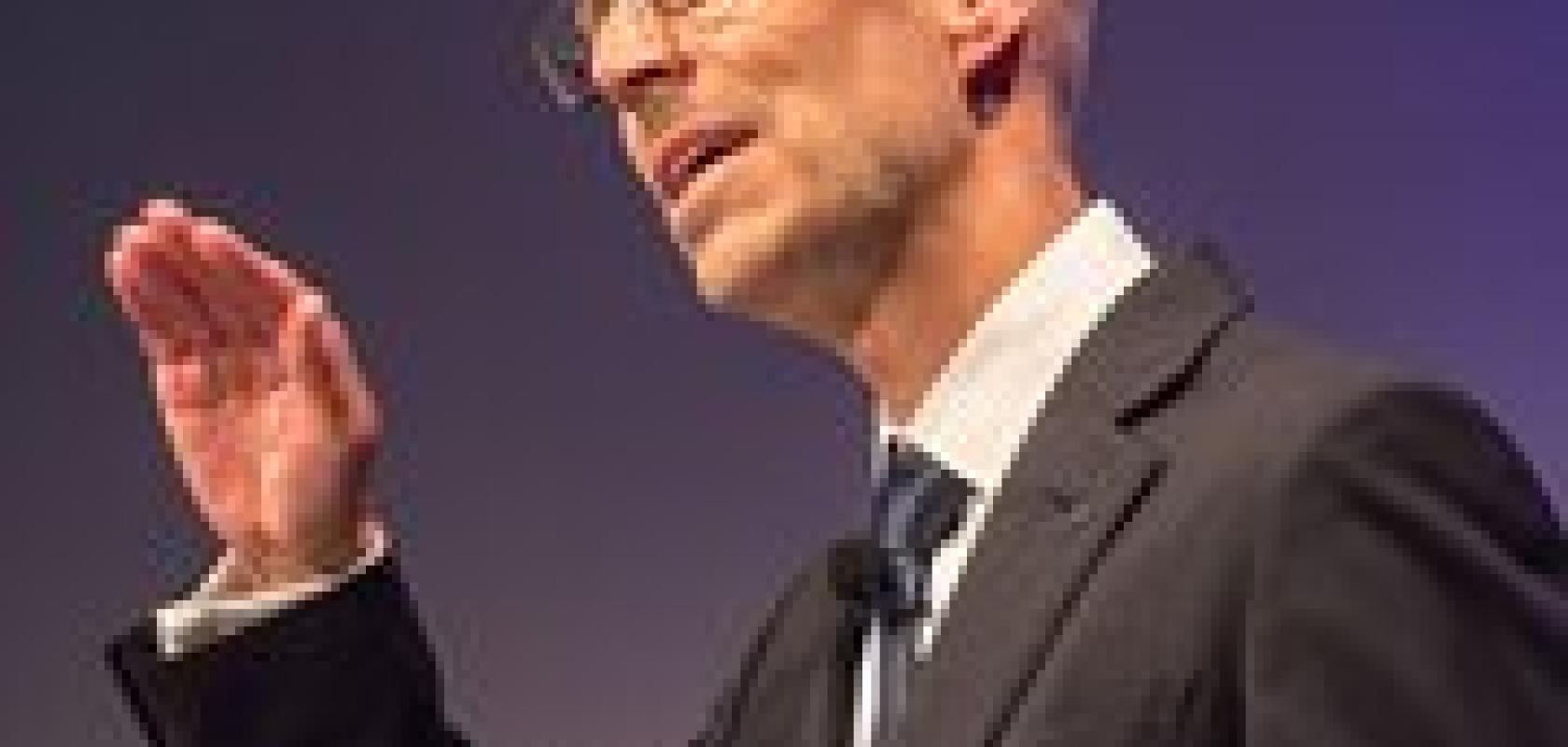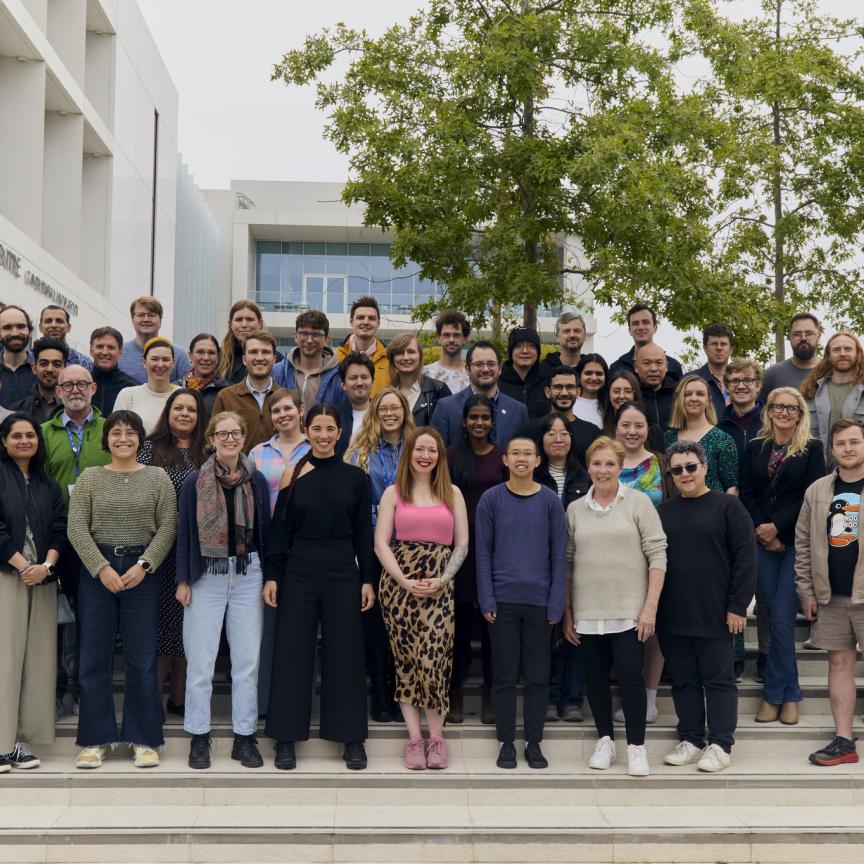Greg Blackman reports from Laser World of Photonics in Munich, held from 26 to 29 June, where quantum technology was a big talking point
This year’s Laser World of Photonics in Munich had a distinct emphasis on quantum technologies. As the European Commission prepares ground for a €1 billion flagship funding programme, set to launch in 2018 and last for 10 years, the photonics community is readying its support for quantum science and quantum-based products.
Professor Peter Loosen, director of the Fraunhofer Institute for Laser Technology and chairman of the Laser World of Photonics steering committee, commented in his address during the trade fair’s opening ceremony, that quantum technology has always been a key topic in past congresses, but what’s different is the prospect of industrial applications and products based on this fundamental science.
Dr Peter Leibinger, deputy CEO of Trumpf, also speaking at the opening ceremony, commented that the key to many quantum applications is based on improved and industrial optical technologies like narrowband lasers, and will mean a continuation of the existing photonic roadmap.
The diode laser company Toptica Photonics, with annual revenue of around €50 million, is supporting research in quantum science. Wilhelm Kaenders, president of Toptica Photonics, noted during a presentation as part of a series of talks on the industrial perspective for quantum technologies that an estimated €1.5 billion is spent worldwide every year on quantum research. ‘That sounds like a business, and for Toptica it is a business,’ he said.
The European flagship programme has identified four big areas where quantum technologies are likely to have an impact: computing, communications, simulation, and sensing and metrology. In a keynote address, Professor Dr Jörg Wrachtrup, director of the Third Institute of Physics at the University of Stuttgart, said that, in terms of the University of Stuttgart’s work, quantum sensing is closest to finding its way into products and applications.
Quantum sensors have unique detection properties that make them potential sensors of the future for measuring 2D materials like graphene, for testing the performance of future write-heads in hard disk drives, or for use in biomedical analytics. Wrachtrup and his team are working on a magnetic field quantum sensor that has a high enough sensitivity to measure the magnetic field produced by brain activity. There are already magnetic field detectors out there that can register brain activity, but they need a shielded room to operate; the quantum sensor has a high enough dynamic range to potentially work in an ambient environment.
Bosch is interested in the technology from the University of Stuttgart for making a portable device that can detect water pipes in the walls of buildings. ‘This is probably the most imminent application we have for our sensor,’ Wrachtrup said.
Water flowing through a pipe generates a small magnetic field, a few tens of nanotesla at 20cm distance, which can be measured by these quantum sensors. Bosch sells pipe indicators that locate metal pipes in a wall through induction. However, water pipes in modern houses are made of plastic, which means these devices no longer work. But a device with 10nT sensitivity can detect the water flow.
Over the last three years the University of Stuttgart team has miniaturised its experimental setup to a system the size of a remote controller with a sensitivity of 10nT/√Hz and a power consumption of 10W. ‘It came from a discussion with Bosch,’ Wrachtrup commented. ‘They said if you can make a device with a sensitivity of 10nT and it runs on batteries, we are in business.’
Single-pixel cameras
The UK Quantum Technology Hub in Quantum Enhanced Imaging (Quantic) had brought a number of imaging project demonstrators to the trade fair, including a methane gas camera being built in collaboration with M Squared Lasers, and a low-cost 3D imager developed with aerospace and defence company Leonardo.
The prototype methane sensing imager is a single-pixel infrared camera with an estimated cost of less than £500 once produced in volume. This is far cheaper than conventional infrared cameras with InGaAs pixel arrays.
Single-pixel cameras differ from traditional cameras in that the image sensor is replaced with a pixelated transmission mask encoding a series of binary patterns. The light is measured with a single photon detector and, combined with knowledge of the patterns, the image can be deduced through data inversion.
The M Squared Lasers device operates at a resolution of 32 x 32 pixels at 20 frames per second, and can produce real-time video of methane gas, sensing at 1.65µm, at a distance of 1 metre.
The UK is one of the leaders in the field of quantum technology, Kaenders at Toptica noted, largely through the work of Professor Sir Peter Knight at Imperial College London. ‘Quantum is not new, but the ability to control it is now at a new level and it’s time to use it,’ Kaenders remarked.
Kaenders noted that high-end light sources, ultra-narrowband lasers, optical frequency combs, and single photon sources all need to be developed to support work on quantum technologies.
‘I’d say that many experiments that we are working with today are limited by the engineering that’s applied to them. The physics is not done, but the engineering would certainly help for more reliable experiments,’ he said.
Kaenders also called for more work on developing devices like atom lasers and magneto-optical traps that engineers, who are not quantum science specialists, can buy. ‘It remains a community effort,’ he concluded. ‘I think we [Europe] need strong national champions to be successful in [quantum technology].’
Companies like ID Quantique and Element Six, exhibiting at the show, are both supporting quantum technologies, with ID Quantique providing random number generators, crypto solutions and single photon counters, while Element Six supports the research community with its high quality diamond, which, according to Thomas Obeloer, business development manager at the company, is a significant business for Element Six.
Next generation of quantum engineers
Tommaso Calarco at Ulm University, in a presentation about the European flagship programme, commented that one of the areas needed to support this field is training a new generation of engineers. ‘We need quantum engineers; we need engineers that understand quantum mechanics and quantum physicists, and to understand what it takes to develop these devices,’ he said.
It will be hard for Europe to compete with the US, which has huge investment from firms like Google and IBM, but Calarco believes that Europe will stay at the forefront of quantum research through its network of leading experts and a strong supply chain. The Chinese have also announced their interest in the field, successfully testing a satellite that can send data by quantum encryption to base stations on Earth.
Trumpf’s Leibinger in his opening address said that for quantum technologies to be a successful industry, ‘it will take what it took to make the laser an industrial tool. It will take a solid collaboration, firstly, of engineers and physicists, and it will take pressure from the marketplace, secondly, to form an industrial application out of what today is merely science.
‘If we achieve this, assisted by government-funded projects… we will be able to form another formidable industry out of quantum technology like the laser industry has become, and maybe in 10 or 20 years we may be able to walk the halls of the Quantum Technology Munich show and not only the Laser Munich show.’


